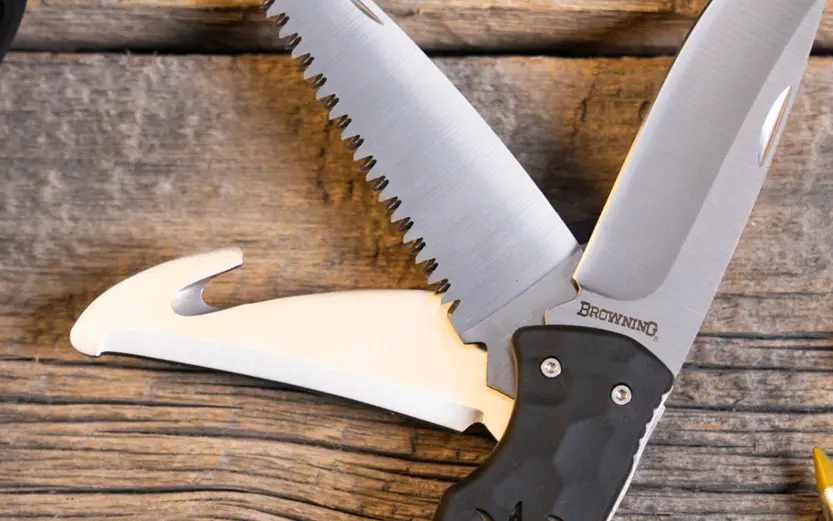For kitchen professionals, maintaining the sharpness of knives is non-negotiable. A sharp blade not only enhances precision but also ensures safety in the kitchen. One of the most effective ways to achieve a razor-sharp blade is by using a sharpening stone. This guide will walk you through how to use a sharpening stone, ensuring your knives are always in top condition.

Understanding Sharpening Stones
Before diving into the process, it's essential to understand what a sharpening stone is. These stones, also known as whetstones, are used to grind and hone the edges of steel tools and implements. They come in various grits, which determine the level of coarseness. Lower grit numbers (e.g., 400) are coarse and suitable for removing nicks, while higher grit numbers (e.g., 1000 and above) are finer and used for polishing the blade.
Types of Sharpening Stones
There are several types of sharpening stones available, each offering unique benefits:
- Water Stones: These stones need to be soaked in water before use. They are popular for their fast cutting action.
- Oil Stones: These stones require oil for lubrication. They are known for their durability and are often used in professional kitchens.
- Diamond Stones: These are made with small diamonds attached to a metal plate. They are the hardest and most durable, cutting quickly without needing lubrication.
Preparing the Sharpening Stone
Proper preparation of the sharpening stone is crucial for effective sharpening. If you're using a water stone, soak it in water for about 10-15 minutes until air bubbles stop appearing. For oil stones, apply a thin layer of honing oil on the surface. Diamond stones typically don't require any preparation.
Setting Up Your Workspace
Ensure you have a stable surface to work on. Place a towel or non-slip mat underneath the stone to prevent it from moving during sharpening. Collect all necessary tools, including the knife, a cloth for wiping, and a honing rod for finishing touches.
Sharpening Your Knife
Follow these steps to sharpen your knife using a sharpening stone:
- Determine the Angle: The angle at which you sharpen your knife is crucial. Most kitchen knives require an angle between 15 to 20 degrees. You can use an angle guide to maintain consistency.
- Start with Coarse Grit: Begin with the coarse side of the stone. Hold the knife at the desired angle and gently slide it across the stone in a sweeping motion, ensuring the entire edge makes contact. Repeat this process 5-10 times on each side of the blade.
- Switch to Fine Grit: Flip the stone to the finer grit side. Repeat the same process, using the same angle and motion. This step is crucial for polishing the edge and removing any burrs.
Testing the Sharpness
After sharpening, it's time to test the knife's sharpness. Carefully slice through a piece of paper or a tomato. A sharp knife should cut effortlessly without tearing.
Maintaining the Edge
Regular maintenance of your knife's edge is essential to prolong its lifespan. In addition to using a sharpening stone, consider honing your knife regularly with a honing rod. This tool helps to realign the edge between sharpening sessions. For more tips on maintaining your knife, you can read about sharpening a folding knife at home.
Storing Your Sharpening Stone
Proper storage of your sharpening stone is crucial to maintain its effectiveness. Ensure the stone is dry before storing it to prevent mold and deterioration. Keep it in a cool, dry place, preferably in a protective case or wrapped in a cloth.

FAQs
How often should I use a sharpening stone?
The frequency of sharpening depends on how often you use your knives. For professional kitchen use, sharpening once a month is recommended.
Can I use a sharpening stone for all types of knives?
Most kitchen knives can be sharpened with a stone. However, always check the manufacturer's instructions for specific guidelines.
What's the difference between honing and sharpening?
Honing realigns the blade's edge, while sharpening removes material to create a new edge. Regular honing can reduce the frequency of sharpening needed.
For more information on different types of knives, check out this guide on knife types.
This article contains affiliate links. We may earn a commission at no extra cost to you.


























